Chardham Yatra: A Sacred Journey to the Four Abodes
The Chardham Yatra is not just a pilgrimage but a transformative spiritual journey that connects devotees with the divine and the breathtaking beauty of the Himalayas. Each of the four sites offers unique experiences, and the serene atmosphere allows for reflection and connection with the spiritual realm.
The Chardham Yatra, one of the most revered pilgrimages in Hinduism, comprises visits to four sacred temples located in the picturesque Garhwal Himalayas of Uttarakhand—Yamunotri, Gangotri, Kedarnath, and Badrinath. This pilgrimage is considered essential for Hindus seeking spiritual cleansing and moksha (liberation from the cycle of life and death). Each of these four shrines represents a different aspect of divinity and offers a unique spiritual experience in the lap of the Himalayas.
The Importance of the Chardham Yatra
The Chardham Yatra holds immense significance, as it is believed to cleanse devotees of their sins and grant them salvation. Each of the four dhams (abodes) is associated with a different deity and plays a vital role in Hindu mythology:
Badrinath: The Badrinath Temple, dedicated to Lord Vishnu, is situated at an elevation of 3,300 meters. It is considered the holiest of all the dhams and holds a central place in the Hindu religion. According to legend, Lord Vishnu meditated here for thousands of years to atone for the sins of humanity. The temple is located between two mountain ranges—Nar and Narayana—and is surrounded by awe-inspiring natural beauty.
Yamunotri: Dedicated to Goddess Yamuna, this temple is the source of the Yamuna River, revered for its ability to purify sins. The river is considered to be the sister of Yama, the God of Death, and taking a dip in the Yamuna is believed to free one from fear of untimely death. The Yamunotri Temple is situated at an altitude of about 3,235 meters.
Gangotri: The Gangotri Temple, dedicated to Goddess Ganga, marks the origin of the sacred Ganges River. The Ganges is the holiest river in Hinduism and is worshipped as the lifeline of Indian spirituality. The legend goes that Ganga descended from the heavens to Earth through the matted locks of Lord Shiva to cleanse the souls of mankind. Gangotri Temple is located at an elevation of 3,048 meters, making it a spiritually enriching and scenic destination.
Kedarnath: This temple is one of the most important Jyotirlingas dedicated to Lord Shiva. Situated at an altitude of 3,583 meters, Kedarnath is surrounded by stunning snow-capped peaks, with the Mandakini River flowing nearby. It is said that a visit to Kedarnath can absolve devotees of their sins and help them attain liberation. The trek to the temple is both challenging and spiritually rewarding.
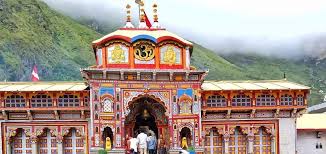
The Chardham Yatra traditionally begins from Haridwar, a sacred city on the banks of the Ganges River, known as the “Gateway to the Gods.” Haridwar is a major pilgrimage center and the starting point for several religious journeys, including the Chardham Yatra. Many travel agents in Haridwar offer yatra packages that include transportation, accommodation, and guided tours, making the journey more manageable for pilgrims.
The Chardham Yatra takes pilgrims through remote areas, but there are a variety of accommodation options available at each stop. These range from simple guesthouses to more comfortable hotels, catering to different budgets and needs. Many tour operators in India and Char Dham travel agents offer all-inclusive packages that take care of accommodations, meals, and transport, ensuring a smooth and hassle-free journey for pilgrims.
For those seeking added convenience, helicopter services are available for both the Kedarnath and Badrinath legs of the journey, making the yatra accessible to elderly pilgrims and those with mobility issues.
Best Time to Visit
The Chardham Yatra is open from April/May to October/November, depending on weather conditions. The best time to undertake the yatra is between May and June or September and October, when the weather is pleasant and the roads are open. Monsoon season (July-August) is generally avoided due to the risk of landslides and heavy rainfall. revisit
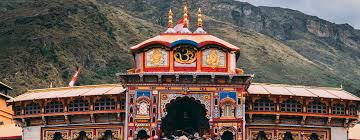
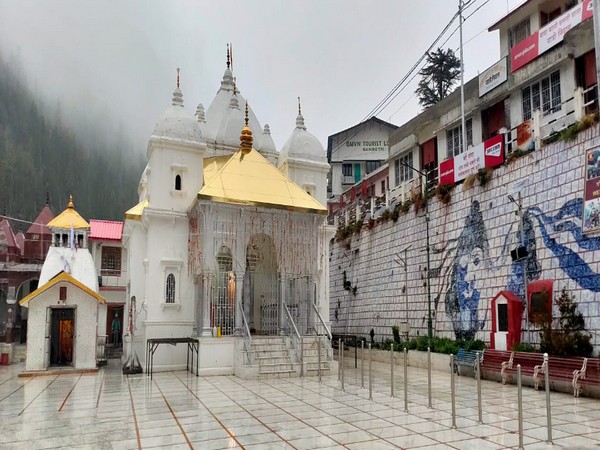








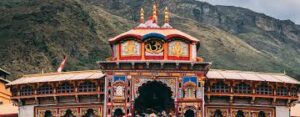
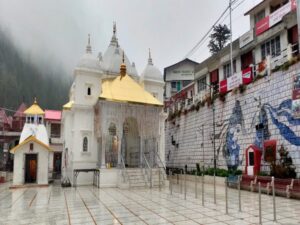

Post Comment